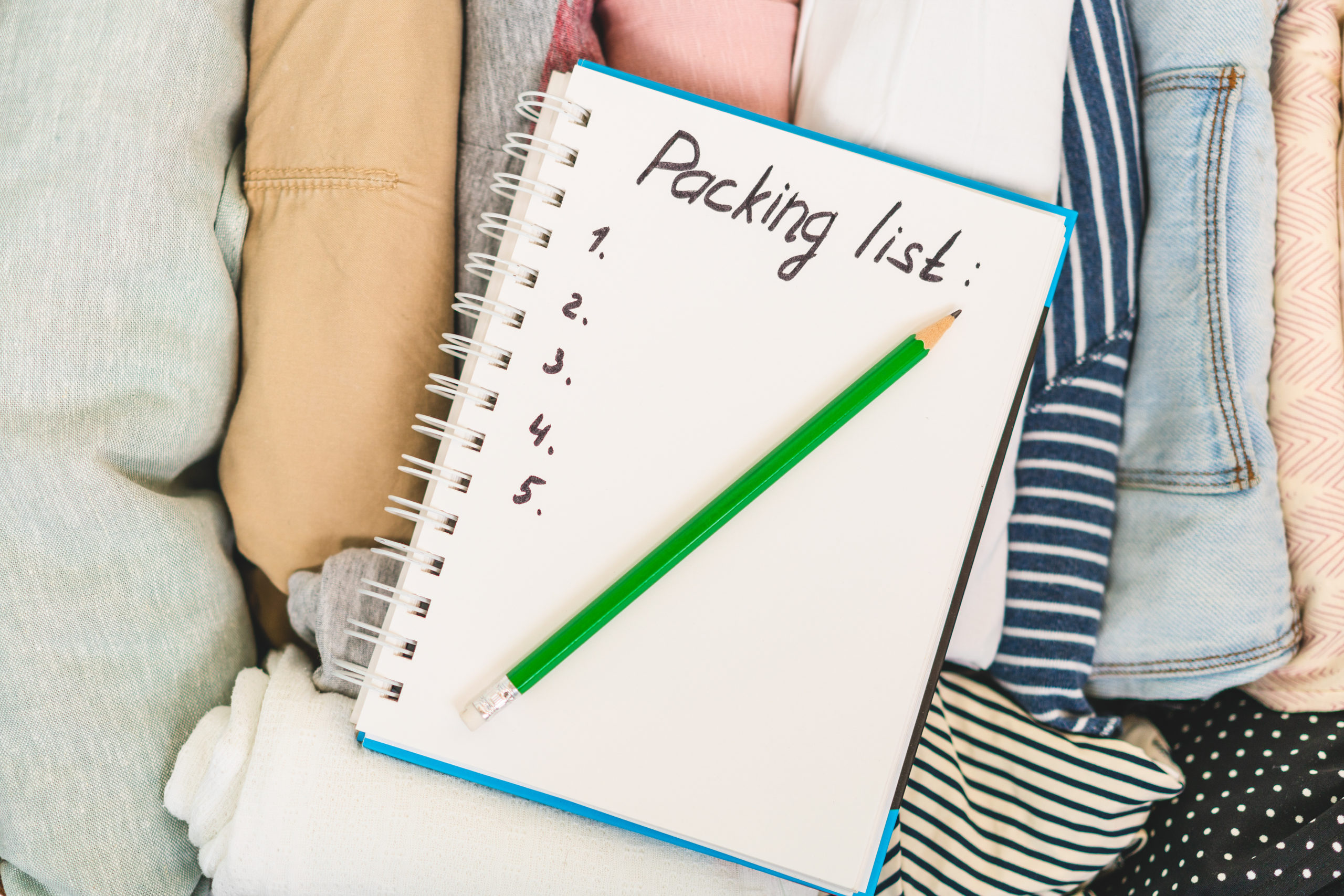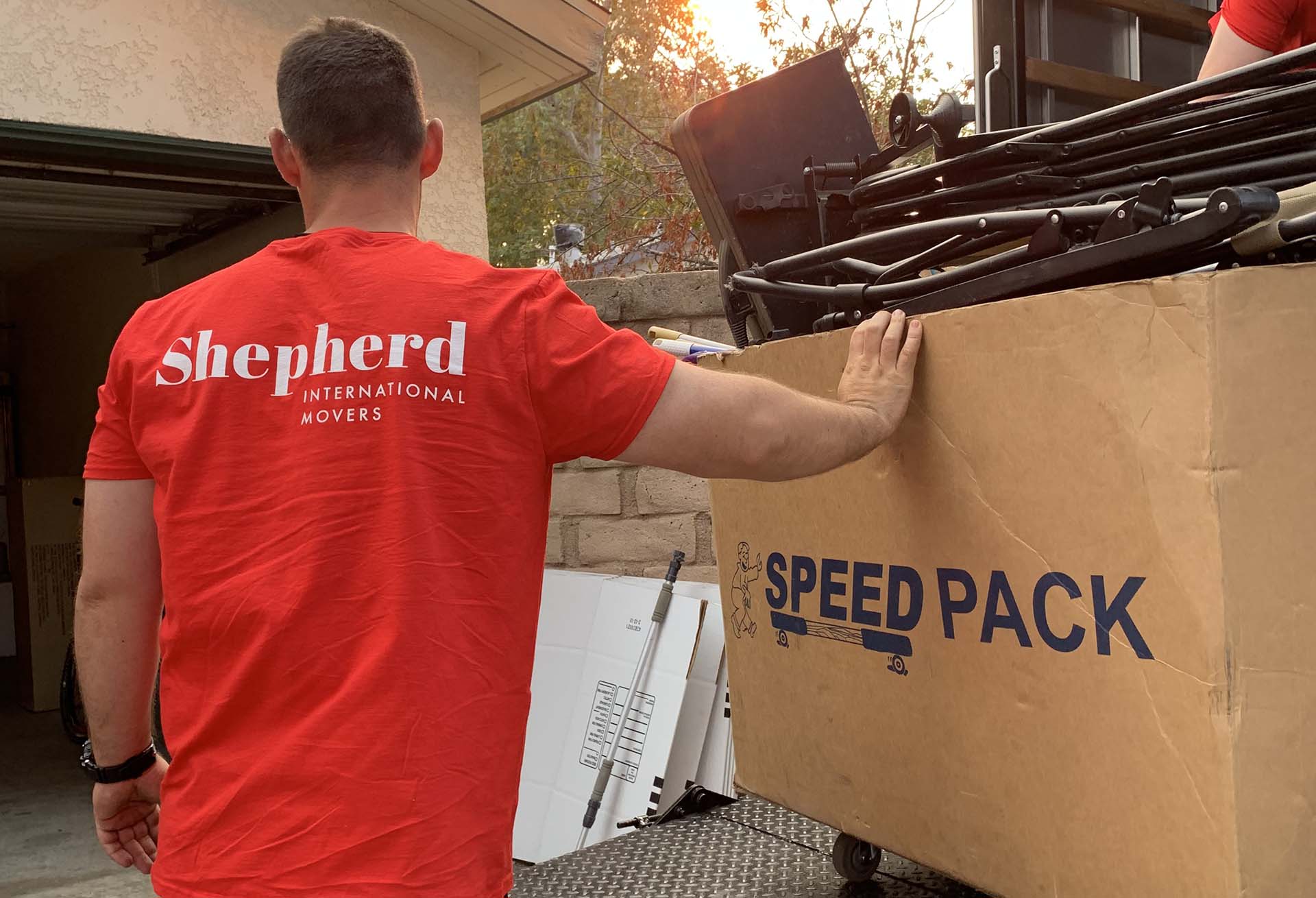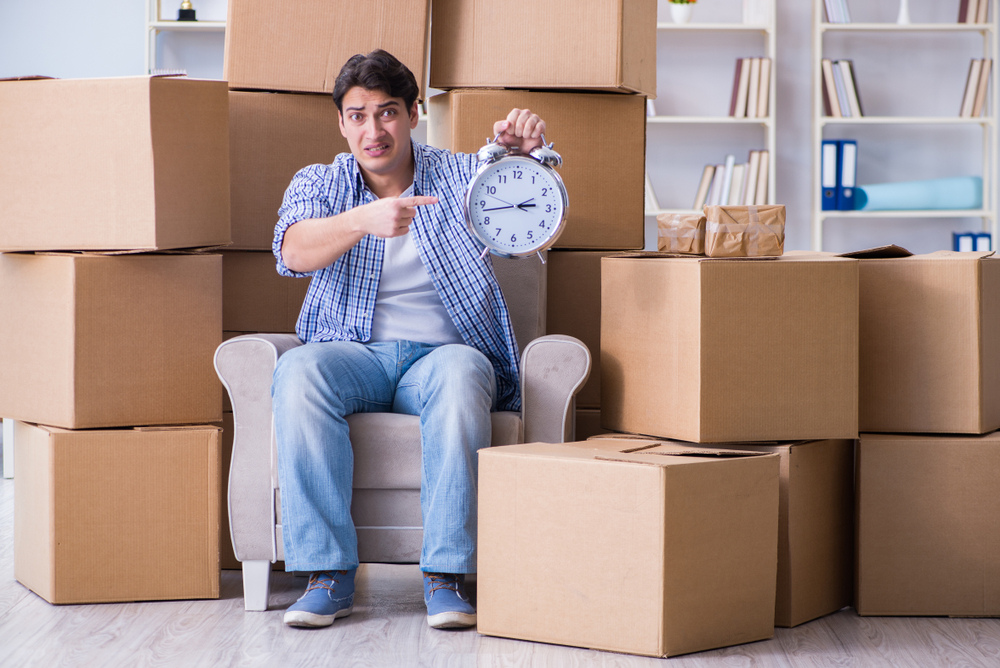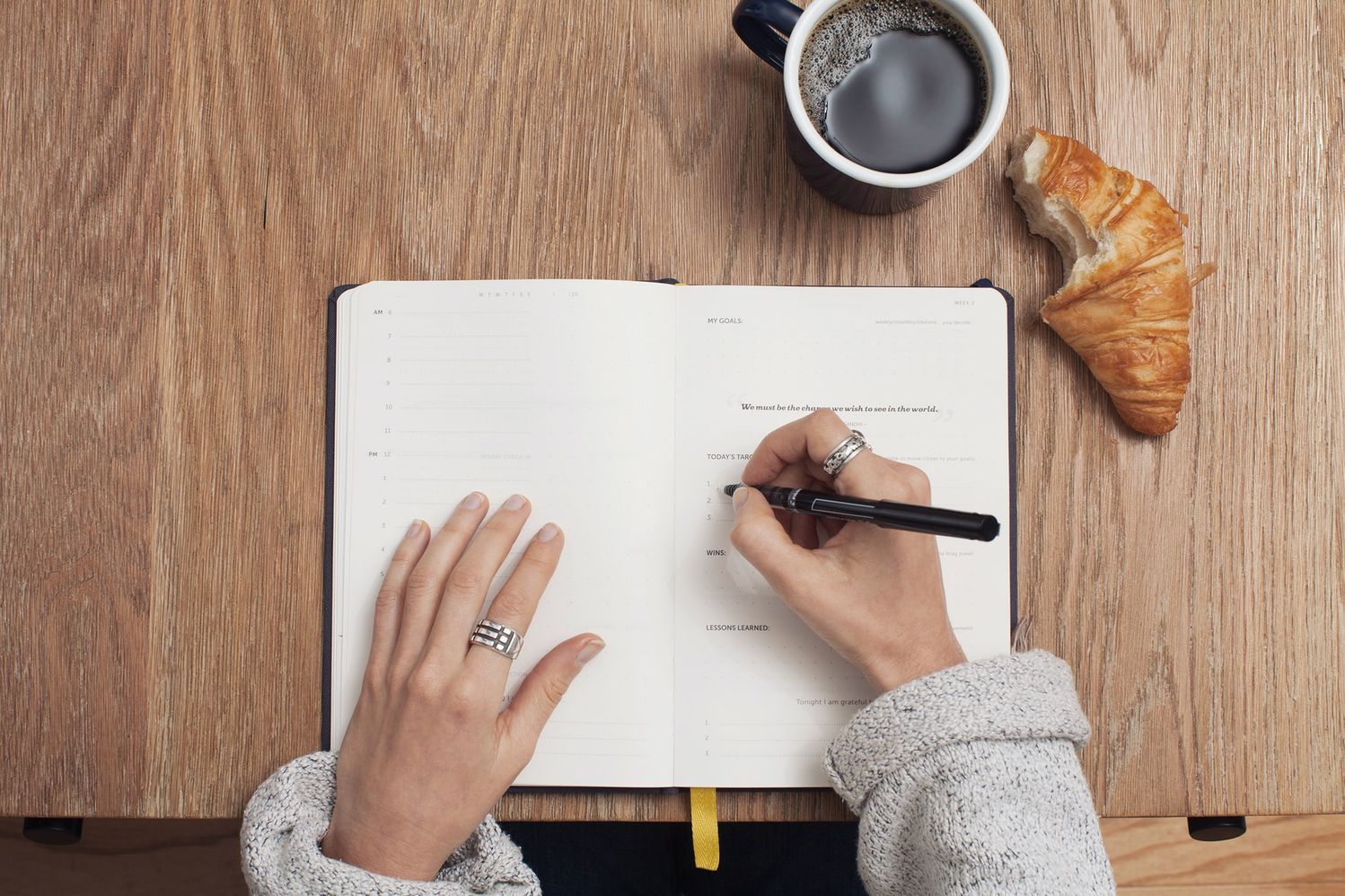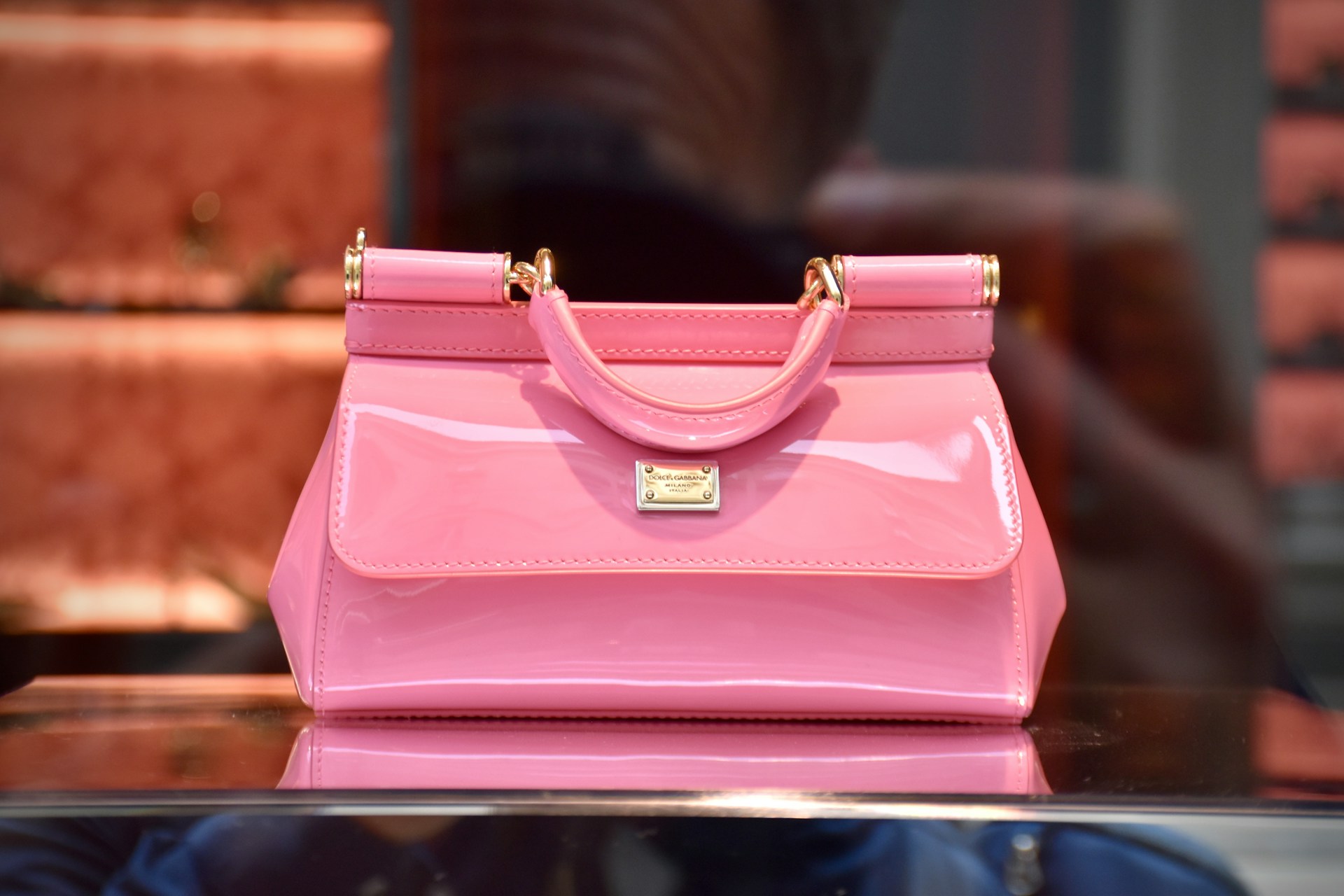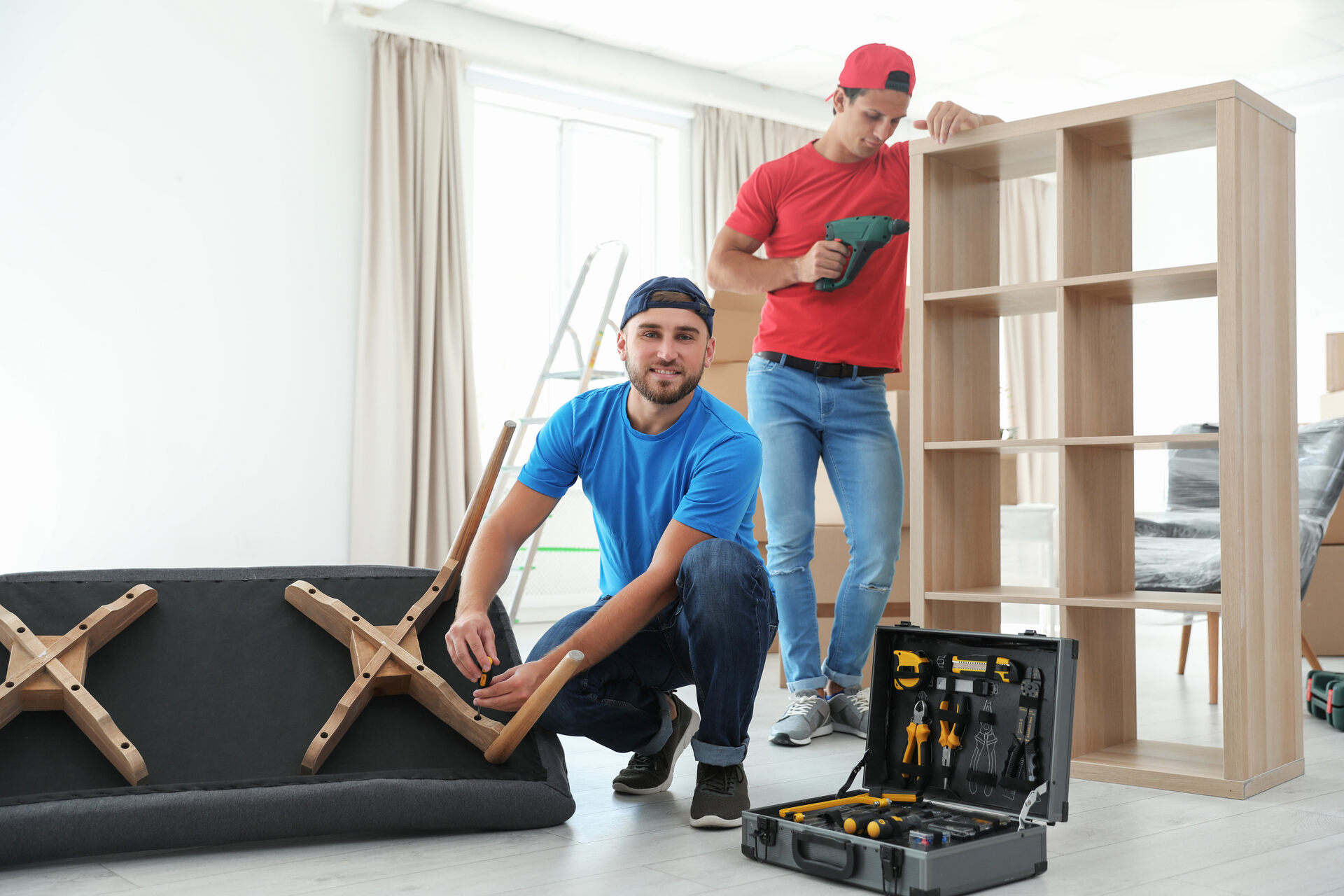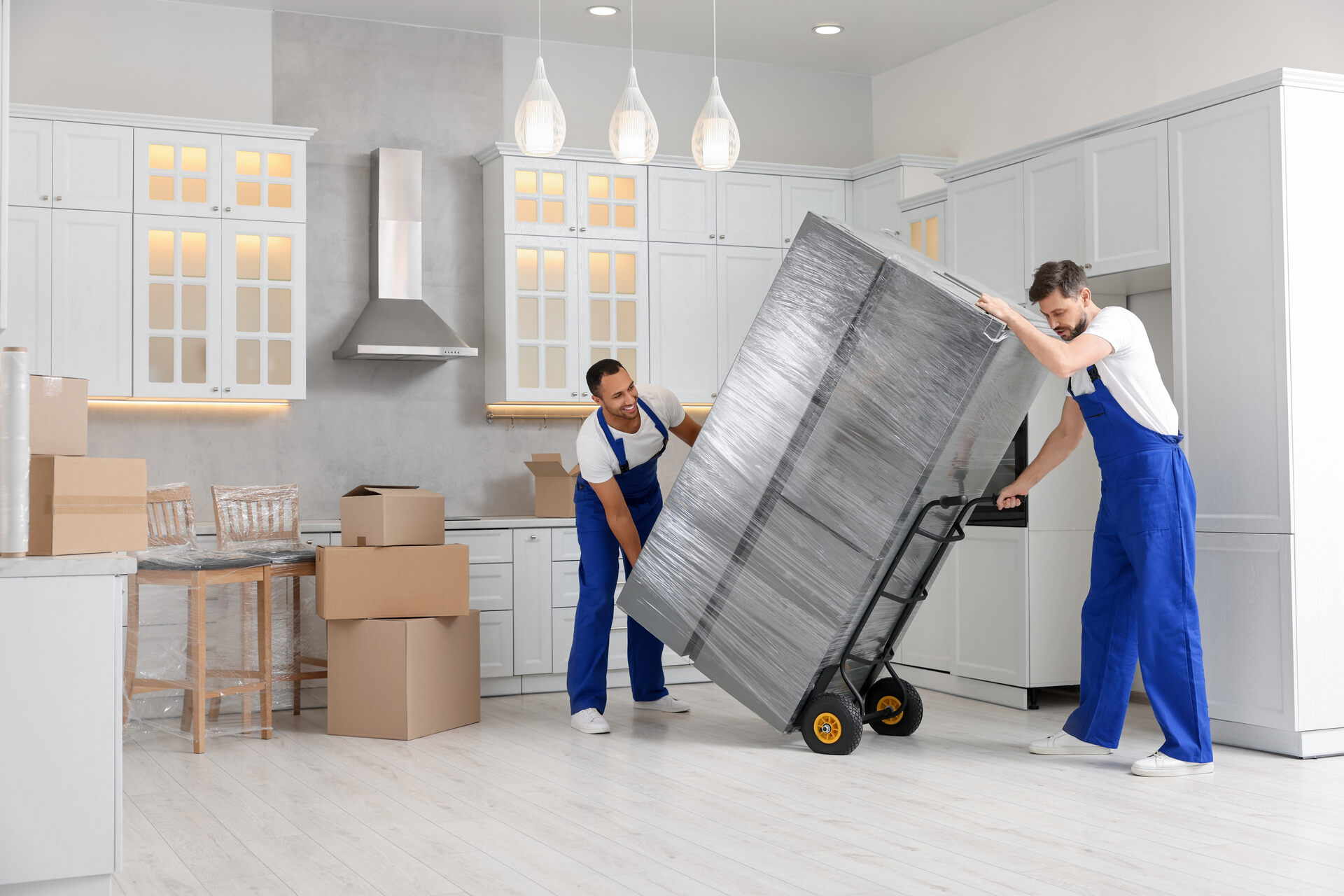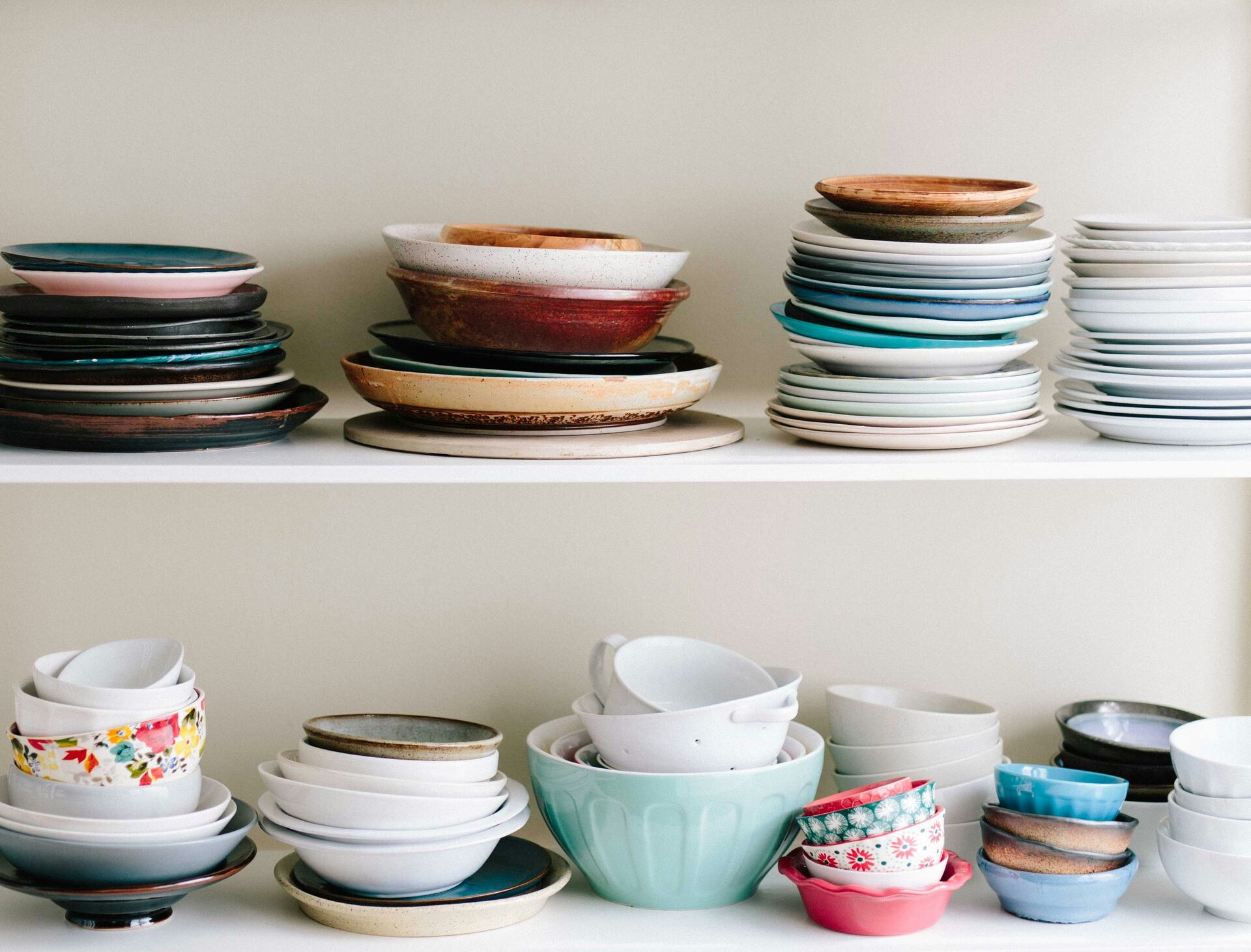

When it comes to relocating internationally, one of the most delicate and often overlooked items to pack are plates. They can easily chip, crack, or break if not properly protected. So, here’s a detailed guide on how to pack plates for moving that includes valuable organizational packing tips and step-by-step instructions on the best way to pack plates so you can enjoy meals on beloved dinnerware in a new home.
Let’s See How to Pack Plates for Moving
When packing plates for moving, it’s essential to follow a comprehensive approach that includes selecting the right moving supplies, wrapping each plate individually, layering plates in boxes safely, and labeling boxes effectively. Start by gathering sturdy boxes, bubble wrap, packaging paper, and tape. Then, wrap each plate individually with generous layers of protective materials to prevent damage.
When layering dishware in boxes, use a technique that minimizes movement and evenly distributes weight, such as placing them vertically with padding in between. Finally, ensure proper labeling with clear descriptions and warnings for breakable items. By following these steps, you’ll increase the likelihood that your dinnerware will arrive safely at the destination, making the move easier and less stressful.
Selecting the Right Packing Materials
Selecting the right packing materials is crucial when preparing for a move, as it plays a significant role in ensuring the safety of your belongings, including fragile items like plates. The essential materials you’ll need for packing efficiency include sturdy boxes, bubble wrap, packaging paper, and packaging tape. Sturdy boxes provide the foundation for secure transportation, preventing plates from shifting or breaking during transit.
Bubble wrap and packaging paper act as protective layers, cushioning each plate individually to absorb shock and prevent scratches. Lastly, packaging tape seals the boxes securely, keeping each plate snug and safe throughout the journey. By investing in these quality packaging materials, you can significantly reduce the risk of damage to valuable dinnerware during the process of moving internationally.
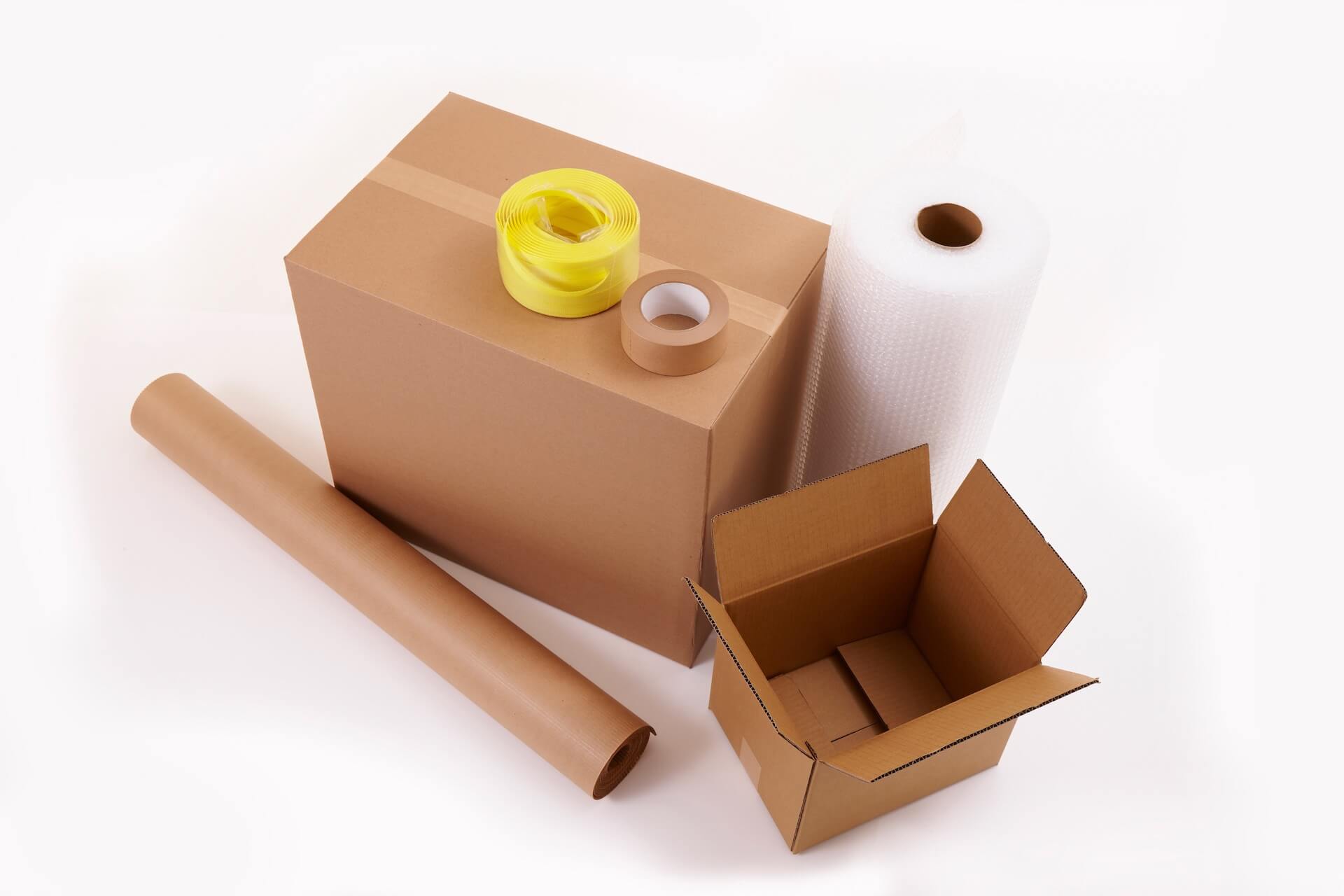
Step-By-Step Guide to Packing Plates
When it comes to how to pack plates for shipping, following a step-by-step guide can make all the difference in ensuring they arrive intact. Two crucial aspects of this process include wrapping individual plates for maximum protection and layering them in boxes safely.
How to Wrap Individual Plates
To begin, take each plate and wrap it by itself.
Lay a sheet of packaging paper or bubble wrap on a flat surface. Place a plate in the center of the paper, ensuring that it is completely covered. Fold the edges of the paper or bubble wrap over the plate, creating a snug and secure bundle.
Be generous with the wrapping material, especially if the plates are particularly fragile or valuable. Once wrapped, secure the edges with tape.
This method not only safeguards plates from scratches but also provides cushioning against impacts during transit.
Layering Plates for Maximum Safety
After wrapping each plate individually, it’s time to stack and layer them inside sturdy boxes to minimize movement and reduce the risk of damage and other relocation mistakes. Start by lining the bottom of the box with crumpled packaging paper or bubble wrap to provide a cushioning layer. Then, place the wrapped plates vertically in the box, similar to how you’d store them in a dish rack.
It’s essential to pack them vertically rather than horizontally, as this distributes the weight evenly and reduces the chances of breakage. Fill any gaps with additional packaging paper to prevent shifting during transit. Finally, seal the box securely with tape and label it as “Fragile – Plates” to ensure careful handling during the overseas move. Following these techniques will help safeguard dinnerware during the entire relocation process.
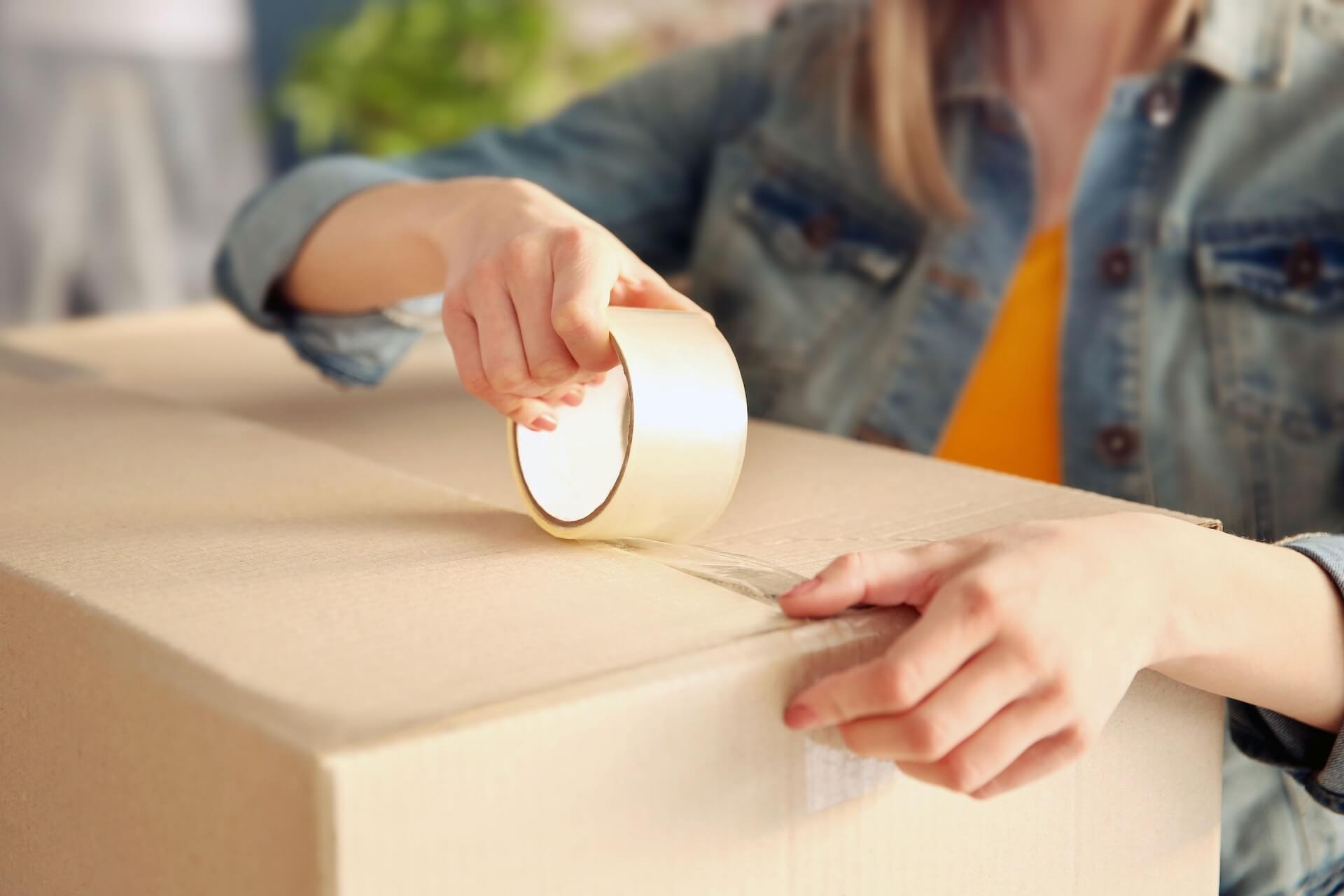
Special Tips for Different Types of Plates
When packing plates for moving abroad, it’s important to consider the specific characteristics of the dinnerware you have. This includes handling fragile and antique pieces with care and efficiently packing large sets.
Handling Fragile and Antique Plates
When dealing with delicate or valuable plates, such as antique china or heirloom pieces, extra precautions are essential to ensure their safe move. Firstly, wrap these plates individually with multiple layers of bubble wrap or acid-free tissue paper to provide maximum protection.
Place a piece of cardboard or foam board between each wrapped plate to create separation and prevent direct contact. Select a box that fits the wrapped plates snugly, leaving little room for movement. Fill any gaps with soft materials like packaging peanuts or foam to absorb shocks. Lastly, label the box as “Fragile – Antique Plates” to ensure that it receives special attention during the relocation.
Strategies for Packing Large Sets of Plates
Packing a large set of plates efficiently can be a time-saving and space-maximizing endeavor. Begin by stacking plates of the same size together, with a sheet of packaging paper or bubble wrap between each plate to protect them from scratches. Once you have several stacks, secure them with sturdy twine or stretch wrap to keep them together. Place these bundles in a box that fits them snugly, ensuring that the dishes are standing on their sides, as this distributes the weight evenly and reduces the risk of breakage.
Use dividers or cardboard inserts to create separate compartments within the box, allowing you to stack multiple bundles of plates without them touching. Label the box with the contents and the number of plates inside to keep track easily. By following these protective packing strategies and relocation hacks, you can efficiently pack large sets of dishes while minimizing the risk of damage during the relocation.
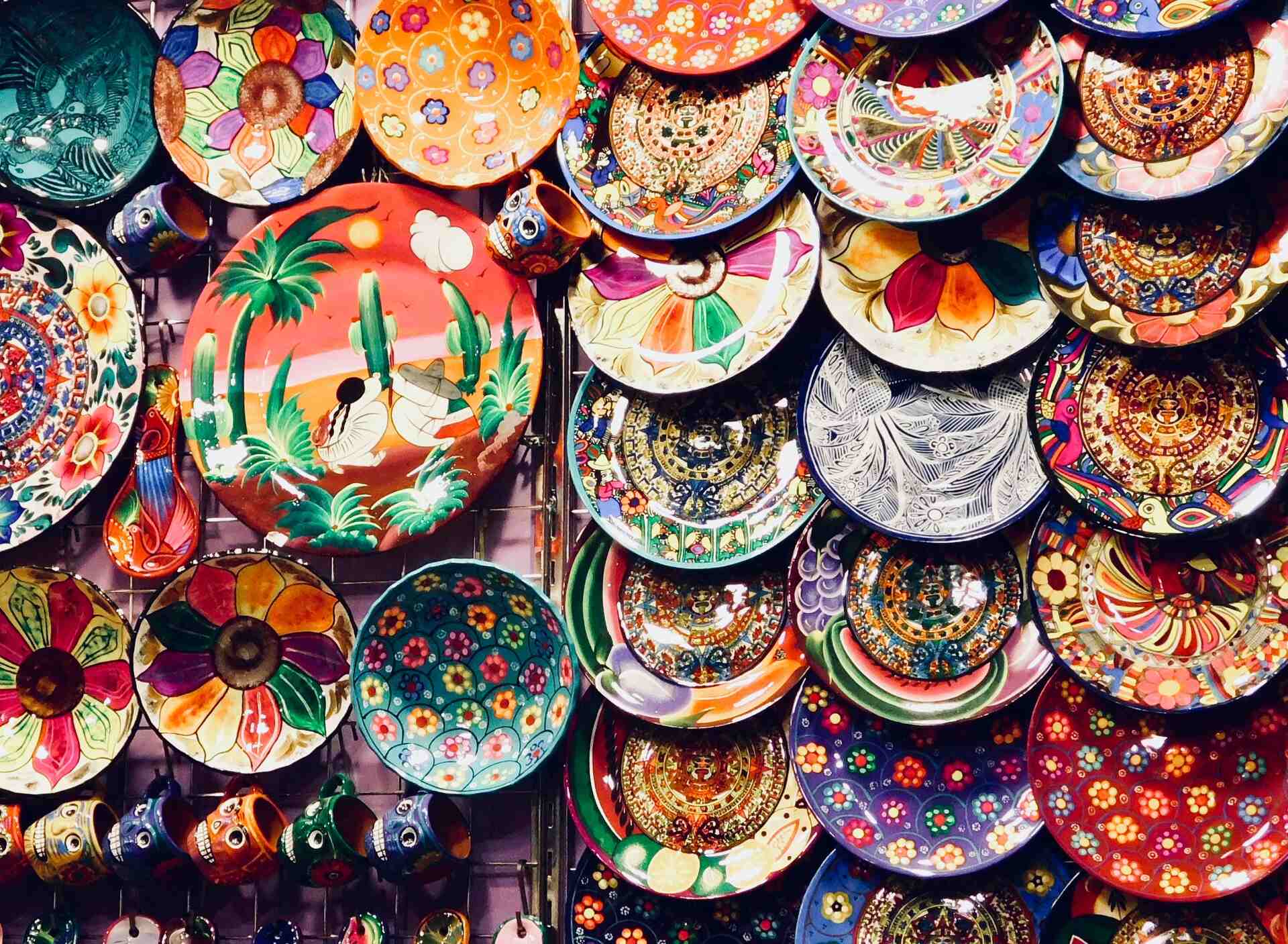
Proper Labeling for Easy Identification
Properly labeling boxes is an often overlooked but crucial aspect of the packing process. Thoughtful and clear labeling can make the unpacking process much smoother, help you locate specific items quickly, and ensure fragile item care. Here are some valuable relocation tips on how to label boxes effectively:
- Use descriptive labels – Instead of just writing “Kitchenware Moving,” be more specific. For example, label a box as “Kitchen – 12 Pink Plates”. This level of detail will save you time when searching for specific items later.
- Prioritize especially fragile and valuable items – If a box contains fragile or especially valuable items, make it abundantly clear. Use bright-colored labels or write “Fragile” in large letters on all sides of the box. This will alert both you and the movers to exercise extra caution.
- Numbering system – Also, use a numbering system to keep track of boxes. Create an inventory list that corresponds to each box’s number, noting the contents. This method can be especially useful for a large move with many boxes.
- Color coding – Give each room a color and use colored stickers or markers to label boxes accordingly. This visual cue can help you and the movers quickly identify where each box belongs. For example, use red for kitchen items like dishes and blue for bedroom.
- Directional arrows – Draw arrows on the boxes to indicate which way is up. This is particularly important for boxes containing fragile items such as dishes, as it ensures they are handled correctly.
- Label on the top and sides – Write labels on the top and at least one side of each box. This makes it easier to identify the contents even when boxes are stacked.
Hire Professionals to Help You
Hiring professional movers to assist with the relocation is always a smart move. Moving overseas can be a complex and stressful process, but various services are available to cater to all specific needs. These services include safe transport techniques, shipping by sea and by air freight, packing assistance, and storage solutions.
Hiring a professional international moving company is the best decision you can make, as they can handle all aspects of the move, from packing services and loading to customs clearance and delivery. Additionally, if you need to store items temporarily before moving into a new home, moving companies often provide storage services, offering a safe and climate-controlled environment for your possessions.
How to Choose the Right Moving Company
Choosing the right moving company is a crucial decision that can significantly impact the success and efficiency of the move. Start by researching the company’s reputation through online reviews and recommendations from friends or family. Look for a company with a history of satisfied customers and positive feedback. Check if the moving company is licensed and properly insured to protect belongings during transit and avoid relocation scams. You can do so on sites like the Better Business Bureau.
Experience matters, so choose a company with a proven track record in the type of move you require. Obtain written estimates from multiple companies and compare if their pricing fits the set relocation budget, but be cautious of significantly lower quotes. Consider the range of services offered by the company, including packing, storage, and any specialty services you may need.
Communication is key, so assess the company’s responsiveness and willingness to communicate effectively throughout the relocation process. Request references from previous customers to gain insights into their experiences and satisfaction with the company’s services. Feel free to ask the movers any questions you may have. Taking the time to research and choose the right company can reduce relocation stress and ensure a successful and hassle-free move.
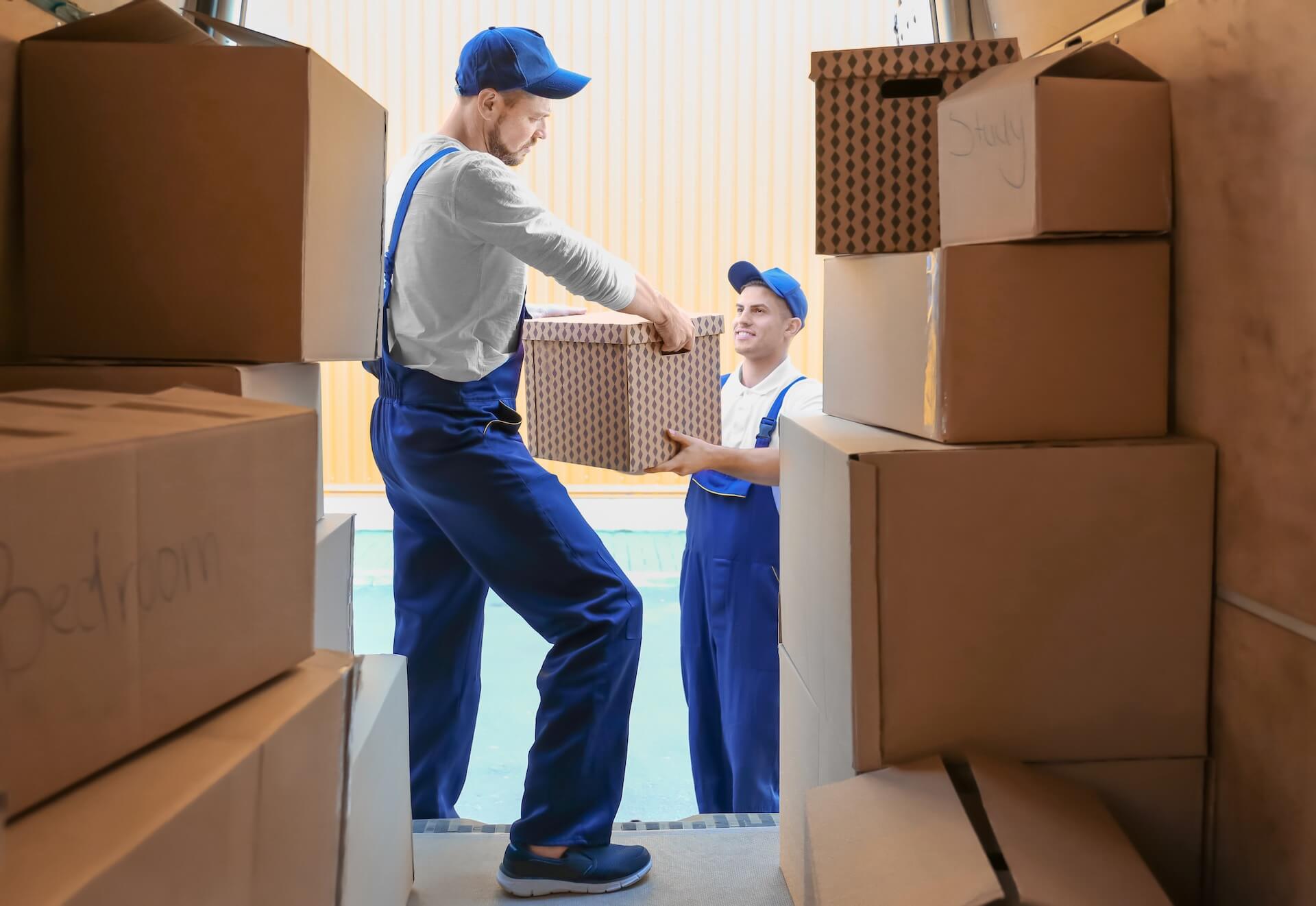
Ceramic Safety – A Masterpiece in Packing Plates for a Move
In conclusion, packing fragile dishes for relocation is a crucial task that demands careful consideration and attention to detail. By following the steps outlined in this guide, from selecting the right packaging materials to secure wrapping methods, layering, and labeling boxes, you can significantly reduce the risk of damage to valuable dinnerware during the process.
However, if you’d like to save time and energy and ensure a stress-free move, feel free to contact us at Shepherd International Movers and allow us to safely transport all your belongings and bring dinnerware to a new dining table.
FAQ
What’s the Best Type of Box to Use for Packing Plates?
Choose sturdy, double-walled cardboard boxes designed for packing dishes and fragile items. Dish boxes or heavy-duty book boxes are excellent options.
How Much Packaging Paper or Bubble Wrap Should I Use per Plate?
Use enough to fully wrap each plate individually. Typically, one or two sheets of packaging paper or a layer of bubble wrap per plate should suffice.
Is It Necessary to Wrap Each Plate Individually?
Yes, it’s advisable to wrap each plate individually to protect them from scratches and provide cushioning against impacts during the relocation.
What Are Some Common Mistakes to Avoid When Packing Plates?
Avoid overloading boxes, not using enough cushioning material, and not labeling boxes as “Fragile.” Also, ensure boxes are not underpacked so nothing shifts or breaks.
How Should I Handle Packaging of Antique or Very Fragile Plates?
Wrap them with extra care using multiple layers of bubble wrap or packaging paper. Use additional cushioning materials in the box and label it as “Fragile.”
What to Do if I Run Out of Packaging Materials?
Purchase more materials or use towels, linens, or clothing to pad the dishes in a pinch.
How Should I Arrange Plates in the Moving Truck for Transport?
Place boxes on a flat surface, ensuring they are secured to prevent shifting during transit. Heavier boxes should be on the bottom to avoid crushing lighter ones.
